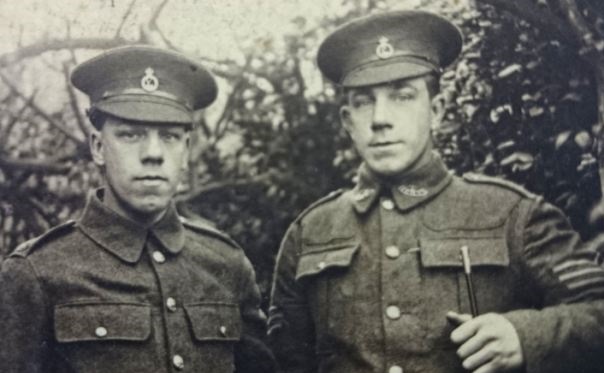Two brothers joined the Western Front during the First World War, but only one would make it out of the war alive. Although he had sustained a bad injury, he lived for almost fifty years after the fighting finally ended. Unfortunately, that same injury would carry great consequences. The Western Front veteran eventually succumbed to his injury during a vital surgery, making him the last of the brothers to pass away.
Walter Satterthwaite is commonly referred to as the final victim of WWI. His brother Jack died much sooner than he did, losing his life during battle in 1916. Walter, however, continued to serve in the war and made it through until the end. Although he survived until the end of the war, the Western Front veteran’s actual service ended much more prematurely. In 1917, he was shot in the right leg and was unable to continue carrying out his duties. His leg did not work the same ever again after that. Nearly fifty years later, he decided to have work done on it to rectify the problem.
Unfortunately, Walter’s surgery did not go as planned. Since his leg was less of a boon than a burden, doctor’s decided the best course of action would be to amputate. The surgery was supposed to take his pain away, but it ended up taking much more. The Western Front veteran died from loss of blood soon after. This is when he became known as the final man to lose his life to the First World War, and all because of an injury he had lived with for over forty years, the Mail Online reports.
Now, in honor of his passing, his grandson Brian has decided to temporarily hand over his decorations from the war to an exhibit celebrating the war’s fallen soldiers. Walter’s medals will feature in the Herts at War exhibit, alongside other memorabilia from the Western Front. The primary goal of the exhibit is to celebrate the WWI centenary, which began this year and will continue until 2018.
Walter was one of many men who met his fate due to the vicious fighting on the Western Front, though he is one of far fewer to have lost his life to the conflict long after it had ended. His death helps to illustrate just how grim the conflict really was, as it led to the deaths of men who had been living safely for many years afterward. He may have been the last veteran of the Western Front to perish, but the Herts at War exhibit helps to ensure that he will not be the last to be remembered.
